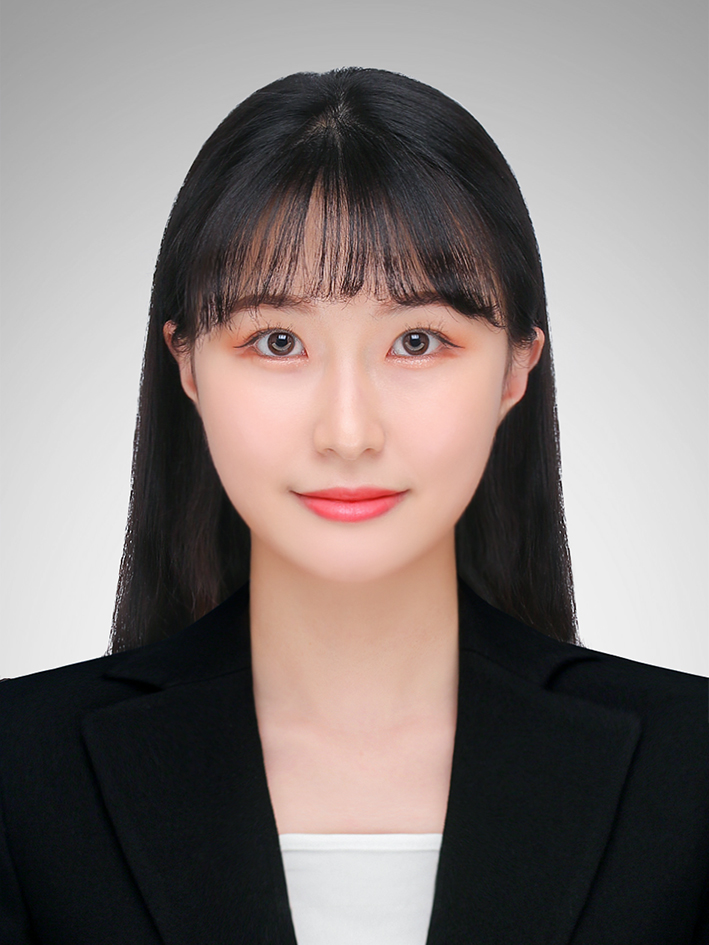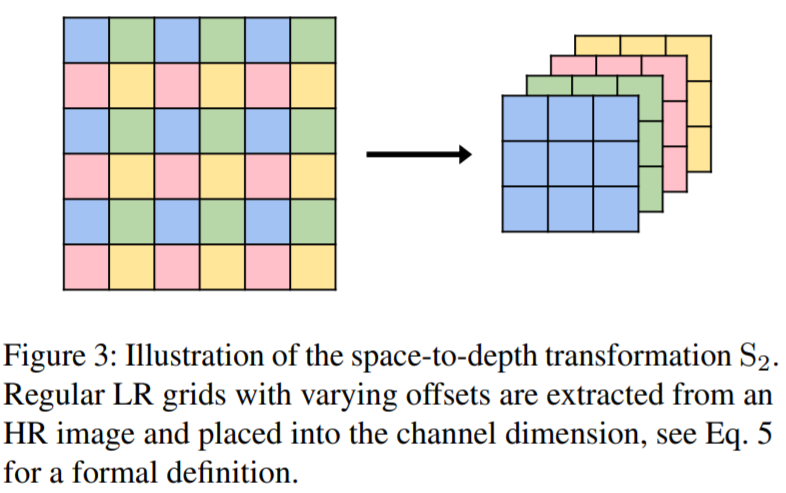[Paper Review] Frame-recurrent video super-resolution
Frame-recurrent video super-resolution
Sajjadi, Mehdi SM, Raviteja Vemulapalli, and Matthew Brown. “Frame-recurrent video super-resolution.” Proceedings of the IEEE Conference on Computer Vision and Pattern Recognition. 2018.
Abstract
- 기존 방식 : 하나의 HR frame을 생성하기 위해 LR frame batch(여러개의 LR frame)를 처리하고, 전체 video에서 sliding window 방식으로 진행
다수의 개별적인 multi-frame super-resolution tasks로 진행함
- 기존 방식 문제점
1) 모든 input frame이 여러번 처리되고 warping 되면서 계산 비용 증가
2) 모든 output frame이 독립적으로 예측되면서 temporally consistent results(시간적으로 일관성이 있는 것)를 얻는 것이 제한됨
- end-to-end trainable frame-recurrent video super-resolution framework(FRVSR) 제안
이전에 예측된 frame(HR)을 다음 frame 예측에 사용
- FRVSR의 강점
1) temporally consistent results
2) 모든 step에서 하나의 image를 warping 하면서 계산 비용이 감소
3) recurrent 한 특성으로 추가적인 계산 비용없이 이전 frames에 동화될 수 있음 (이전 frames에서 많은 부분을 가져올 수 있음)
-
광범위한 evaluations과 이전 방식들과 비교를 통해 FRVSR의 성능을 입증
-
SOTA 달성
Introduction
-
SISR에서는 오직 spatial statics로부터 high-frequency details을 복원하는 것이 중요하지만, Video SR에서는 복원 성능을 높이기 위해서 temporal relationships을 이용하는 것이 중요함
-
Video SR에서는 가능한 많은 LR frames으로부터 정보를 결합하는 것이 좋은 성능을 냄
- 최근 Video SR 방식은 하나의 HR frame을 생성하기 위해 여러개의 LR frame을 결합(a large number of separate multi-frame super-resolution subtasks)
모든 input frame은 여러번 처리되기 때문에 계산 비용이 높음
각 output frame이 독립적으로 생성되면서 시간정보를 활용하기 어려움 (resulting in unpleasing flickering artifacts)
-
end-to-end trainable frame-recurrent video super-resolution(FRVSR) framework 제안
-
모든 video frame을 독립적으로 예측하지 않고, 이전 예측 frame(HR)을 다음 frame 예측의 input으로 넣어줌 (recurrent approach)
모든 input frame은 한번만 처리되어 계산 비용 감소
지난 frames 정보가 나중 frames으로 전달됨 (HR estimation 전달)
이전 예측 frames을 직접 다음 step에 넘겨주는 것은 model이 fine details을 재생성하고, temporally consistent videos를 만드는 것에 도움을 줌
-
제안된 framework의 성능을 분석하기 위해, single image와 video super-resolution baselines을 통해 비교
-
광범위한 실험은 FRVSR의 성능이 recurrent steps의 수, network size, noise의 양에 따라 얼마나 변하는지를 보여줌
-
제안된 방법은 다양한 setting에서 baselines의 성능을 능가 (quality, efficiency)
-
FRVSR과 기존 video SR 방식을 비교하여 SOTA임을 보여줌
- Contributions
1) recurrent framework 제안 : 이전 예측 frame을 다음 frame 예측에 사용
temporally consistent results
2) 기존의 방식과 다르게 계산 비용의 증가없이 넓은 temporal range(??)에 대해 정보를 전달할 수 있음
3) end-to-end trainable, pre-training stages가 필요하지 않음
4) 광범위한 실험 수행 : 제안된 framework와 관련된 baselines을 다양한 환경에서 분석
5) 제안된 framework는 기존 SOTA를 상당히 능가
Method
- 3.1 FRVSR Framework
trainable components(red) : FNet(optical flow estimation network), SRNet(super-resolution network)
1) Flow estimation
FNet은 현재 LR frame과 이전 LR frame 사이의 flow를 예측함 (normalized low-resolution flow map을 생성)
2) Upscaling flow
scale factor s로 bilinear interpolation을 수행하여 upscaling
3) Warping previous output
HR flow map을 이용하여 이전 예측 frame을 현재 frame으로 warping
4) Mapping to LR space
warped 이전 output(HR space)을 LR space로 mapping (space-to-depth transformation)
space-to-depth transformation
5) Super-Resolution
LR space로 mapping 시킨 이전 예측 frame을 현재 LR frame과 concatenation (SRNet의 input으로 들어감)








Leave a comment